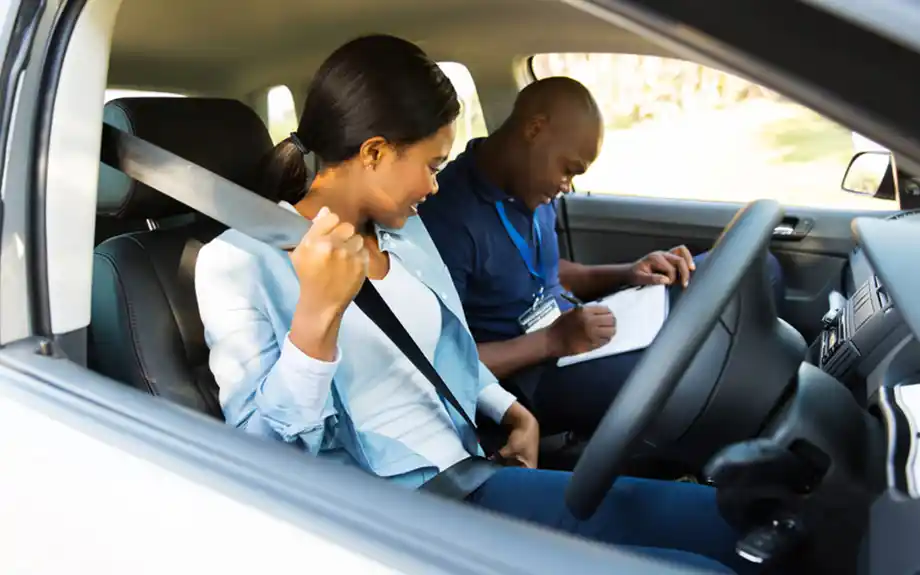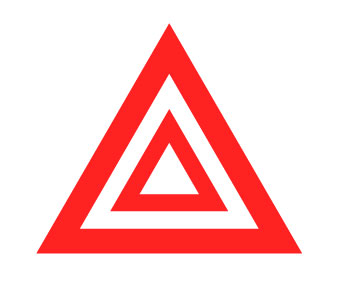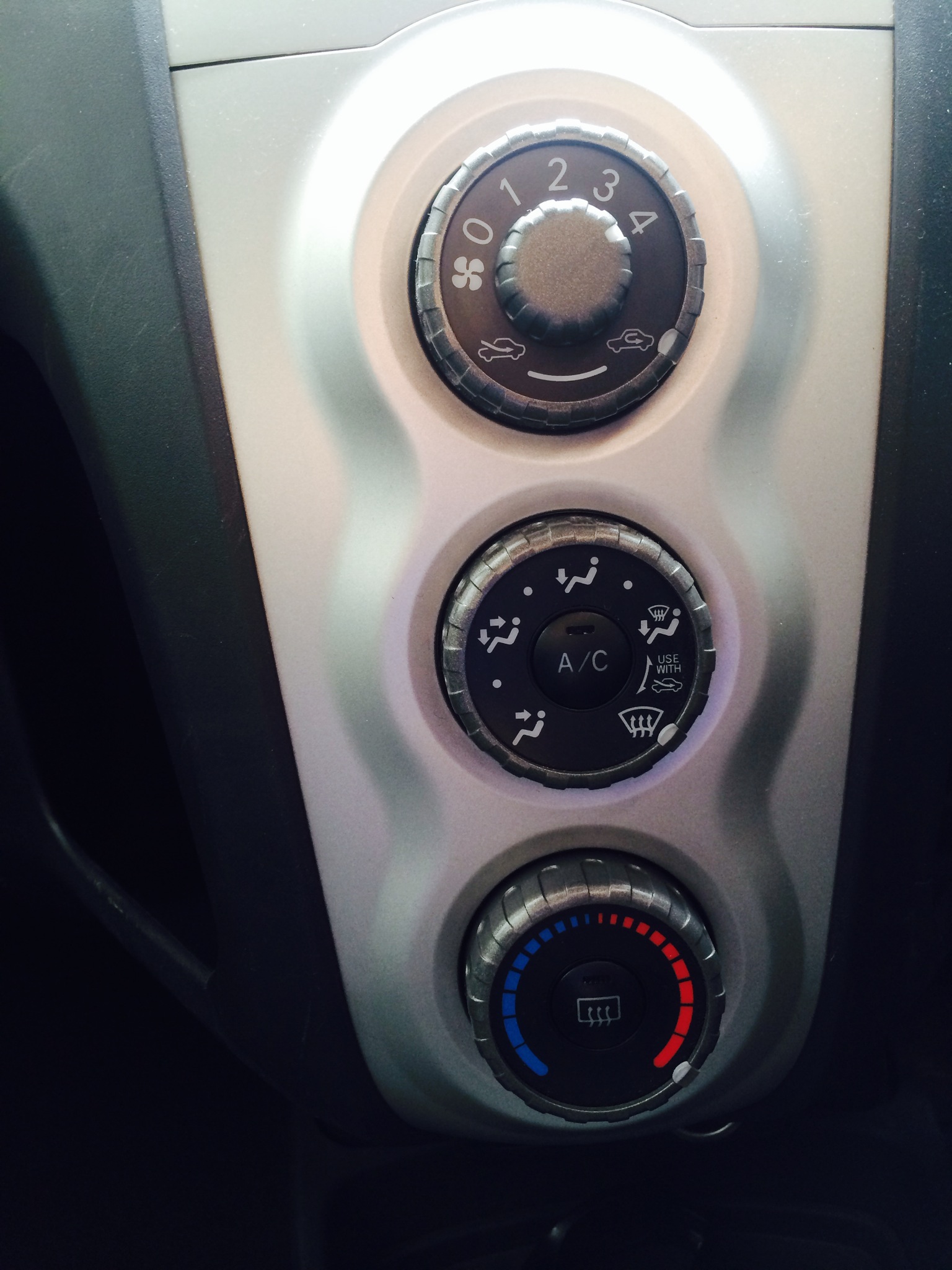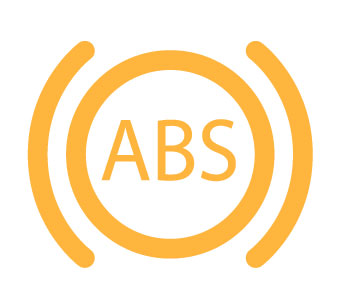Learning to Drive: Show Me, Tell Me
Mar 28 2022 5:01PM
So we’ve arrived at the final lesson, Part 16. We hope you’ve found our ‘Learning to Drive’ series of use. If you missed any lessons or would like to re-visit any, use the links provided at the bottom of the article. The last thing your instructor will cover is the Show me, Tell me portion of the test. You will be required to ‘Show’ the examiner how to perform one task and then ‘Tell’ the examiner how to perform a different task.
Learning to Drive: Before you Show and Tell
Before taking your driving test, make sure you know the following:
- How to lift the bonnet: some Show me, Tell me questions require you to look under the bonnet; ensure you know how to open it.
- Everything’s working: before taking your driving test, practice all the Show me questions, to make sure everything is working on the day.
- Review questions: there are only a set number of questions you will be asked, so make sure you’ve reviewed and practised them thoroughly.
Learning to Drive: The Questions
‘Show me’ questions
*If the Show me question ONLY requires the ignition, turn on the ignition but do not start the engine. Show me … how you would check that the car’s directional indicators are operating normally. Apply the hazard warning switch and check that all directional indicators are functioning correctly on the outside of the car.

Show me … how you would check that the car’s brake lights are operating normally. Only turn on the ignition. Push down on the brake pedal. Your instructor may exit the vehicle to check they are working. Or, they may ask you to do it next to a reflective surface, so they can check them from inside the car.
Show me or explain … how you would check, before starting a journey, that the car’s power assisted steering is operating normally. With the engine off, demonstrate that the wheel feels stiff and heavy when you attempt to move it left or right. Now, start the engine. The wheel should not feel stiff to move any more. Demonstrate the power assisted steering is working by turning the wheel left to right.
Show me … how you would check the car’s parking brake works and how you would check it for excessive wear. The government recommends you firmly apply the footbrake. You would then apply the parking brake (handbrake) so that when it is fully applied it secures itself, and is not at the end of the working travel. We would recommend consulting your driving instructor before taking your test, as this will vary between cars, especially if you have an electric parking brake.
Show me … how you would switch the car’s headlights from the dipped setting to main beam setting and explain how you would know when the main beam is on. Only turn on the ignition. Operate the light switch and put the lights on dipped. You would then change the headlights to main beam. A symbol should illuminate on your dashboard telling you the main beams are on.
Show me … how you would switch the car’s rear fog lights on and explain when you would need to use them. Only turn on the ignition. Operate the rear fog light switch and check to see if the warning light illuminates on the dashboard. Rear fog lights should be used when visibility is less than 100 metres.

Show me … how you check the car horn works. Press down on the car horn.
Show me … how you would operate the windscreen washer and wiper blades. Only turn on the ignition. Operate the wiper controls next to the steering wheel.
Show me … how you would set the demister controls to clear all the windows and windscreens. Only turn on the ignition. Press the heated screen button before turning your attention to the temperature control dials. Ensure the windscreen setting is chosen, before turning the fan and the temperature up to their max settings, as seen in the picture below.

‘Tell me’ questions
Tell me … how you would check that the brakes are working before starting a journey. “Before setting off, you would firmly apply the brakes. They should not feel spongy or loose. They should also not cause the car to pull to one side.”
Tell me … how you make sure your head restraint is correctly adjusted so it provides the best protection in the event of a crash. “The head restraint should be adjusted so that the rigid part is at least level with your eyes or the top of your ears. It should also be as close to the back of the head as is comfortable.” Please be aware that some head restraints are not adjustable.
Tell me … how you would check that the headlights and tail lights are working. “Turn on the ignition. Operate the light switch. You would then get out to check that both headlights and tail lights are working.”
Tell me … where you would find the information for the recommended tyre pressures for this car and how tyre pressures should be checked. “Using the manufacturer’s guide and a reliable pressure gauge, check and adjust the tyre pressure when the tyres are cold. Check the spare if you have one and remember to refit the valve caps after you are done.”
Tell me … how you would check the tyres to ensure that they have sufficient tread depth and that their general condition is safe to use on the road. “You would check that there aren’t any deep cuts or bulges, also that there is at least 1.6 mm of tread depth across the central ¾ of the breadth of the tyre, as well as around the entire outer circumference.”
Tell me … how you would know if there was a problem with your anti-lock braking system. “A warning light should illuminate on your dashboard, telling you there is an issue with the anti-lock braking system.”

Under the bonnet
*These are ‘Tell me’ questions that will require you to exit the vehicle and open the bonnet. Open the bonnet, identify where you would check the engine oil level and Tell me … how you would check that the engine has sufficient oil. Identify the car dipstick. “You would remove the dipstick from the oil tank, wipe it clean, and re-insert it. Remove the dipstick again and check the oil levels are between the maximum and minimum marks.”
Open the bonnet, identify where you would check the engine coolant level and Tell me … how you would check that the engine has the correct level. Identify the engine coolant tank. “You would check that the coolant fluid is between the maximum and minimum marks on the side of the container.”
Open the bonnet, identify where the brake fluid reservoir is and Tell me … how you would check that you have a safe level of hydraulic brake fluid. Identify the engine’s brake fluid reservoir. “You would check the brake fluid levels against the maximum and minimum marks shown on the side of the container.”
Open the bonnet, identify where the windscreen washer reservoir is and Tell me … how you would check the windscreen washer level. Identify the engine’s windscreen washer reservoir. “You would check the windscreen washer fluid is between the maximum and minimum markers.”
Read Part 15 – Reverse Bay Park
Learning to Drive' series - full lesson list
- Cockpit Drill
- Moving Off & Pulling Over
- Approaching Junctions
- Emerging at Junctions
- Meeting Traffic
- Making Progress

